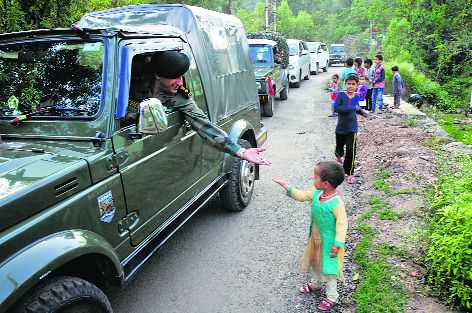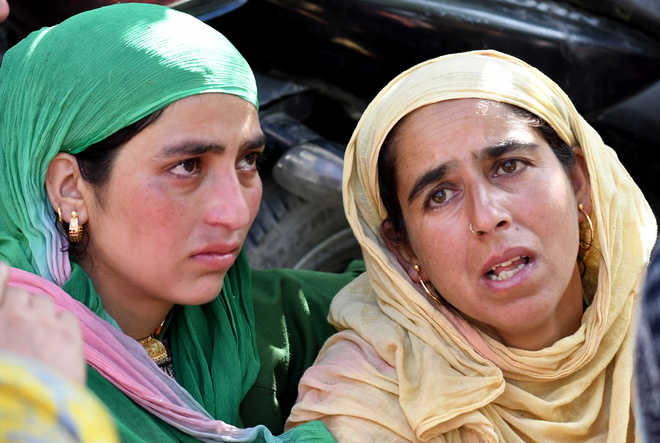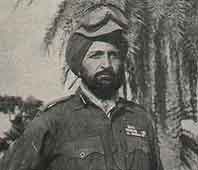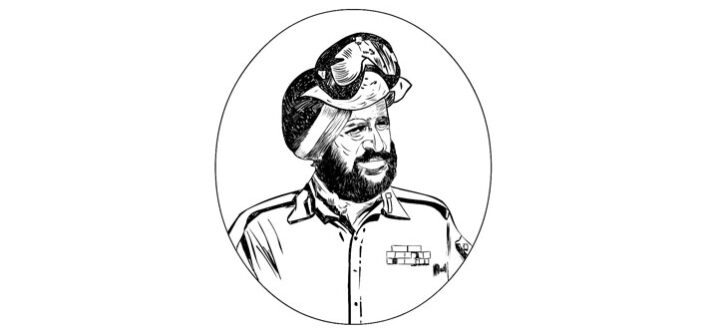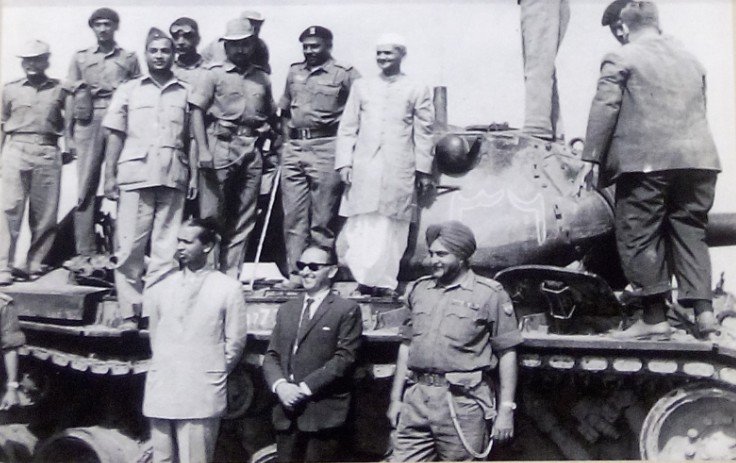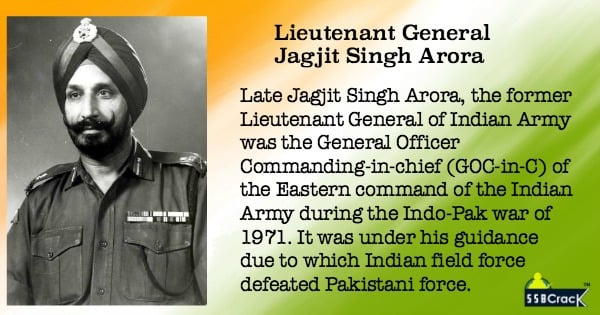Now even martyrdom has been politicised. The families of the brave refuse to perform the last rites until the relevant lawmaker has done his sacred duty. A political leader even questioned the fuss over deaths. “Soldiers are paid to die,” he said.
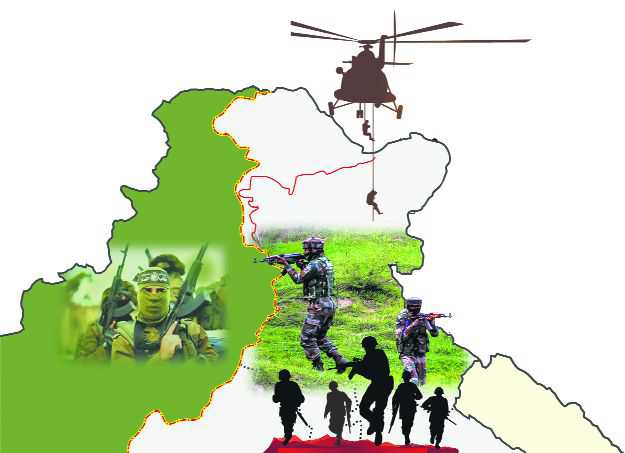
Maj Gen Ashok Mehta (Retd)
Former GOC, IPKF, Sri Lanka
We should not be overplaying Surgical Strikes Day as its primary purpose is not eulogising the soldier but extolling the virtues of the BJP’s political leadership. Undoubtedly the Special Forces’ action was uniquely commendable. Make no mistake. This is a case of revelling in reflected glory. Therefore, it was extremely disingenuous on the part of Human Resources Development (HRD) Minister Prakash Javadekar to say the UGC has issued an advisory to universities to celebrate Surgical Strikes Day on 29 September. Government has also asked TV channels and FM Radio to invoke nationalism on 29 September.
This unprecedented carte blanche makes India resemble the neighbour across the border as manufactured display of patriotism is with an eye on elections, 2019. Schools and colleges will make enemy dummies and re-enact encounters along the border to instil affection for soldiers. Drilling nationalism by diktat is never a good idea. Why was the first anniversary of Surgical Strikes not celebrated last year? We commemorate Vijay Diwas, Kargil Day and Army, Navy and Air Force Days. The government does not realise that sending female ministers to tie rakhi on soldiers in Siachen or lip servicing gallantry of soldiers has a political objective: instead of placing soldiers on a pedestal the government puts its own record on high ground.
Why not Operation Cactus?
The government does not celebrate Operation Cactus the superb surgical strike in the Maldives in 1988 or numerous surgical strikes during Operation Parakram and many other clandestine operations. But shallow cross-LoC multiple raids which Pakistan denied, and which did not achieve their political mission of curbing, if not eliminating, cross border terrorism, is tom tommed in reality, to publicise the decisiveness of the political leadership rather than the heroics of the Special Forces. All the soldiers who participated in the Operation were awarded gallantry medals but its key architect, former Army Chief Gen Dalbir Suhag remains unrecognised.
The real winners of the surgical strikes are Prime Minister Modi, Party President Amit Shah and then Defence Minister Parrikar. The post-surgical strike politicisation of the army was unabashed. In Lucknow, weeks after the operation, surgical strikes were equated with the 1971 war victory. I chanced to be in Lucknow with HQ Central Command and was aghast to witness banners and posters across town portraying Lt Gen Ranbir Singh, now GoC-in-C Northern Command (then DGMO) flanked by Modi, Shah and Parrikar. Not just that, shortly later, Modi was felicitated at a civic reception at Lucknow with the award of the mythological mace of victory – the conqueror in chief. Elections in UP were close at hand.
Just a month ago, Shah said: “why should we not publicise the surgical strikes during the elections?’ Why not? Because it politicises the military which thanks to its ethos, traditions and ethics, has remained professional, secular and apolitical whereas a large number of elected representatives in Parliament have criminal cases against them. The Chief Minister of the largest state probably has a dubious record. The infamous Coffingate implicated a Defence Minister who was finally cleared by India’s highest court. Now even martyrdom has been politicised – the families of the brave refuse to perform the last rites until the relevant MP/MLA/Minister has done his sacred duty. A political leader even questioned the fuss over deaths. ‘Soldiers are paid to die,’ he said.
Wuhan killed `Doklam Day’
The BJP has left no stone unturned to extract political mileage from the surgical strikes. In every Modi election speech, it is given star billing. Modi had considered a Doklam Day but Wuhan dissuaded him.
During the Karnataka election this year, he created a faux pas. Instead of focussing on the Kodavas (Coorg) martial spirit and the record number of Generals Coorg had produced, he got his military history all muddled. Coorg has produced two Army Chiefs, one a Field Marshal: KC Cariappa and KS Thimaya. Modi claimed the Congress had humiliated them which is factually incorrect. Field Marshal Cariappa’s son Air Marshal Cariappa was livid but generous, only blaming Modi’s speech writers. But the damage to Kodava pride and heritage had been done.
Extracting loyalty
The Rafale has taken centre stage. The government has ensured that senior serving officers of the IAF attended a seminar normally populated with veterans and a houseful of media to staunchly defend the cost, modalities and virtues of the contract.
No one is questioning the versatility or combat supremacy of the Rafale: only how it has been turned into a political football to the detriment of the morale of the IAF, DRDO and HAL. This marathon political battle is not ending anytime soon as national security has become a combat casualty.
To his credit, Modi is unstinting in his praise for soldiers — surgical strikes et al — but when it comes to the Seventh Pay Commission, short-changed them. There was imperfect implementation of OROP and meagre amounts were allocated for modernisation (BJP MP and former Union Minister Gen (Retd.) BC Khanduri, chairman of the standing committee on defence, was prematurely removed from his post for his criticism of inadequate funding of defence). He is silent on both issues. That is his style: skirt the difficult questions.
After the surgical strikes day… maybe soon we might have a Rafale Day.




























































 COURTESY: SOUTHERN ALBERTA SIKH HISTORY PROJECT
COURTESY: SOUTHERN ALBERTA SIKH HISTORY PROJECT





